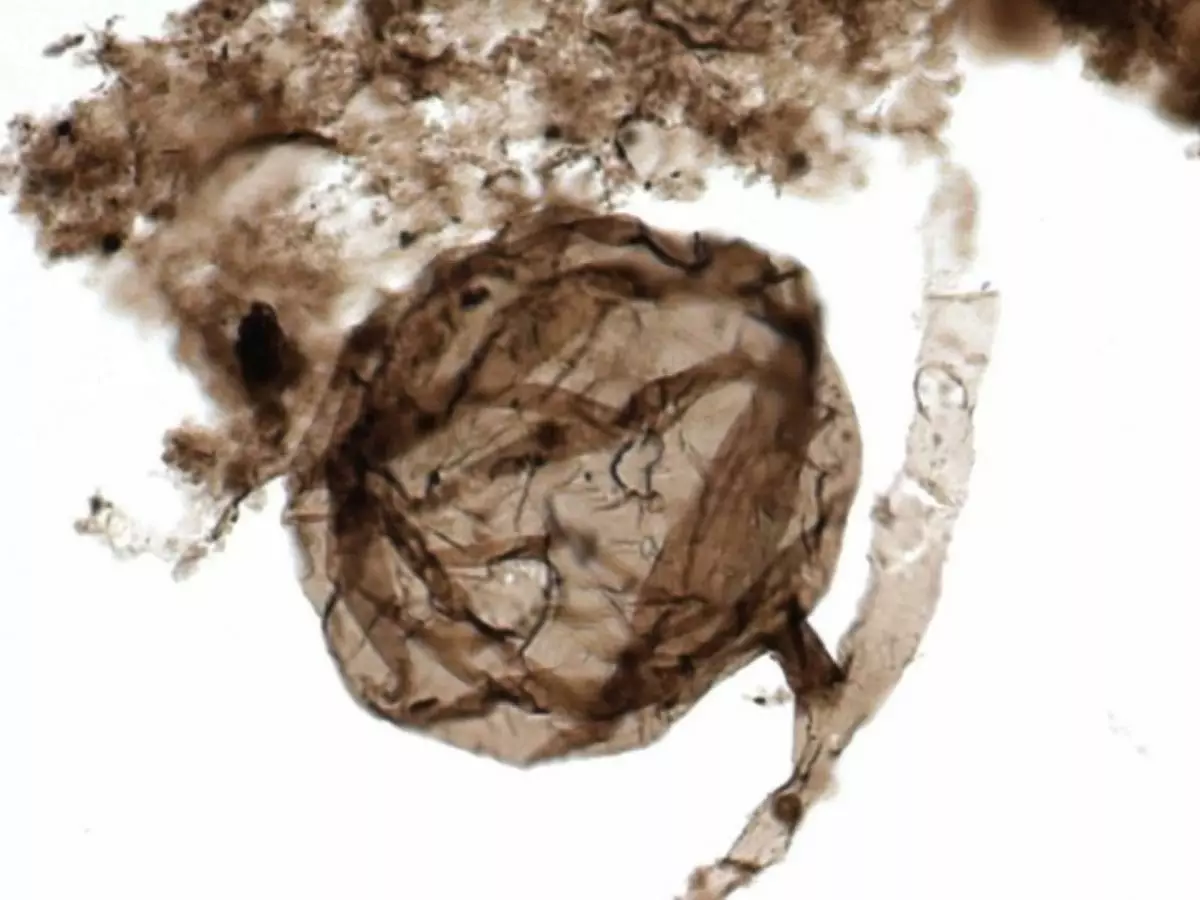Billion-Year-Old Fungus Found Below The Arctic Could Change What We Know Of Evolution
Scientists love finding fossils, because they tell us so much about creatures alive billions of years ago and how they evolved. Now, scientists have discovered fossils of a fungus that lived roughly a billion years ago, the oldest ever to be found.

Scientists love finding fossils, because they tell us so much about creatures alive billions of years ago and how they evolved.
Now, scientists have discovered fossils of a fungus that lived roughly a billion years ago the oldest of its kind ever to be found.

The discovered fossil - Nature
Named Ourasphaira giraldae, the fungus was found in the Grassy Bay Formation in the Canadian region of the Arctic by a group of researchers led by Corentin Loron from the Universit¨¦ de Li¨¨ge. The team identified the fungus in micrometer-scale fossils from the region, announcing their discovery this week.
The newly-discovered fungus is about a billion years old, which handily beats the previous oldest fungus fossil record of 600 million years. That also mean that other eukaryotic organisms, basically multicellular life, may have formed around the same time as the fungus in the mid-Proterozoic age.
"Fungi are, in the 'tree of life,' the closest relative to animals," Loron told Motherboard. "This is reshaping our vision of the world because those two groups, as well as other eukaryotic groups like algae, are still present today. Therefore, this distant past, although very different from today, may have been much more 'modern' than we thought."
Thanks to this discovery, scientists can now confirm that fungi did in fact originate much earlier than previously thought. However, it has other consequences as well.

A modern day descendant of the older fungus - Nature
Fungi play an important part in decomposing dead matter. Their existence so much earlier means there was a high likelihood of the existence of complex multicellular creatures at the time, hence necessitating the evolution of fungi into the ecosystem.
This fungus fossil then could help narrow down the timelines within which creatures first appeared that resemble those alive today.
